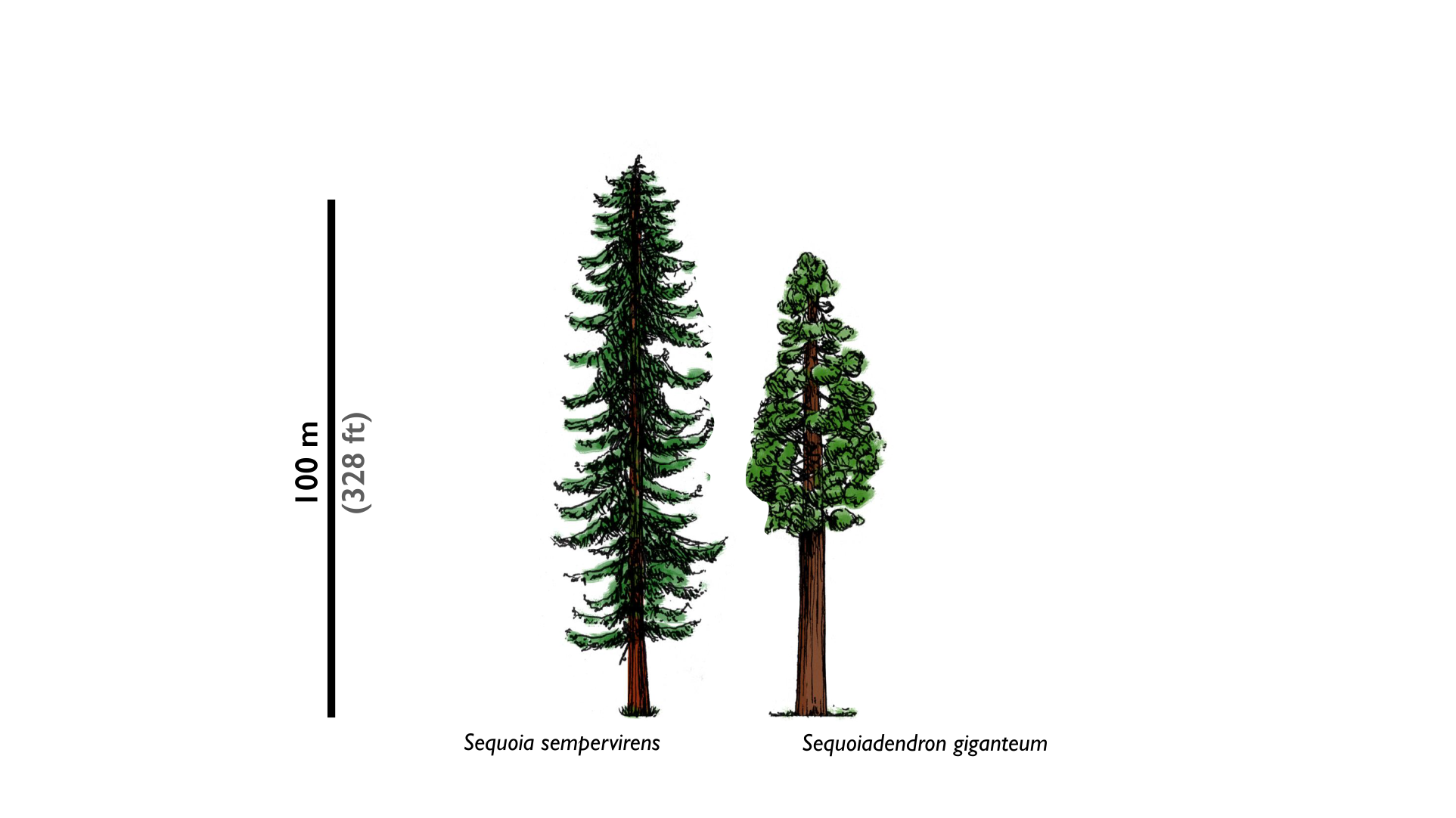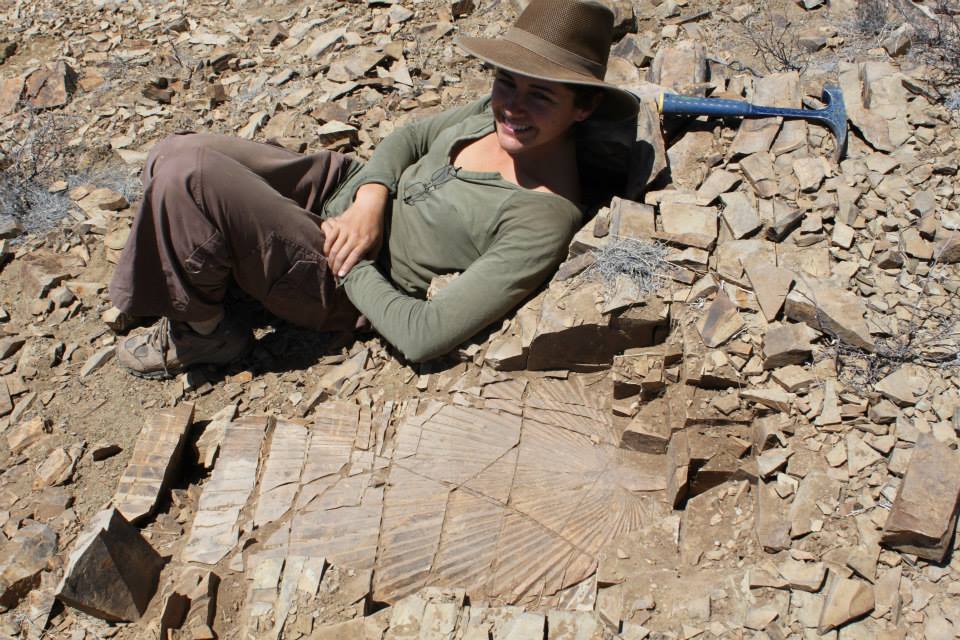research
I'm a member of the global community that makes systemic observations, runs controlled experiments when appropriate, draws inferences, formalizes observations into mathematical models when possible, and communicates findings. I'm a scientist.
redwoods

California’s two redwood species presently stand as Earth’s tallest, largest, most carbon-sequestering, and nigh oldest trees; their family’s fossils occur nearly globally. I’m on a team studying these species' stomata—pores—over canopy height in order to better understand redwood physiology and taxonomy. Are variations in their leaf stomata adaptive for vertical growth? Can species in the family be defined by them?
Below, you can take a look through the microscope, a preview of an upcoming paper. Click the height tabs and hover your cursor over the leaves from the canopy of a single Sequoia sempervirens. The waxy covering that protects the leaf from drying out, the cuticle, shows the stomata. What do you notice (other than the shades of pink)?
107.5m
100m
90m
80m
70m
60m
15m
To learn even more about these two species and get involved with caring for them, please check out the Ancient Forest Society and the Save the Redwoods League.
social science
Instead of my master’s degree research on permaculture, natural history, colonialism, and climate change, I published a collection of essays that includes a brief account of participating in student politcal organizing to make the program itself more effective and equitable.
Of all my endeavors at California Polytechnic Humboldt, I am most happy to have helped found the Indigenous Food Sovereignty Lab. A team of over twenty students and I developed the concept; sought appropriate feedback and partnerships from indigenous faculty, nations and community members through interviews and forums; then sucessfully secured starter funds and space on campus. The Lab needs additional resources and I recommend getting involved if you can.
field work

After my undergraduate degree, I volunteered as a field assistant, typically for climate change studies. I tracked chipmunks in Yosemite, fossils in New Mexico, the turgor pressure of redwoods in Santa Cruz, and giant land snails, baboons, and the handwritten letters of a turn-of-the-twentieth-century paleoanthropologist in South Africa.